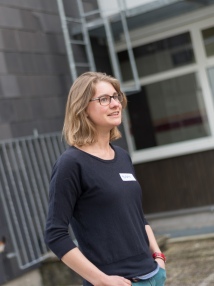BibTex format
@article{Little:2013:10.1002/gbc.20073,
author = {Little, SH and Vance, D and Siddall, M and Gasson, E},
doi = {10.1002/gbc.20073},
journal = {Global Biogeochemical Cycles},
pages = {780--791},
title = {A modeling assessment of the role of reversible scavenging in controlling oceanic dissolved Cu and Zn distributions},
url = {http://dx.doi.org/10.1002/gbc.20073},
volume = {27},
year = {2013}
}

